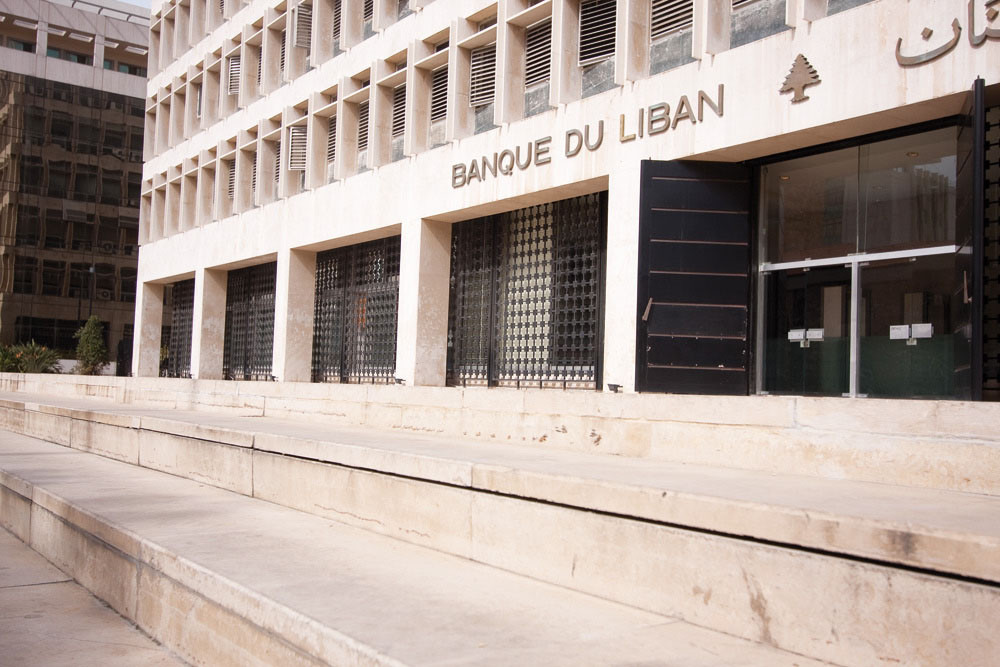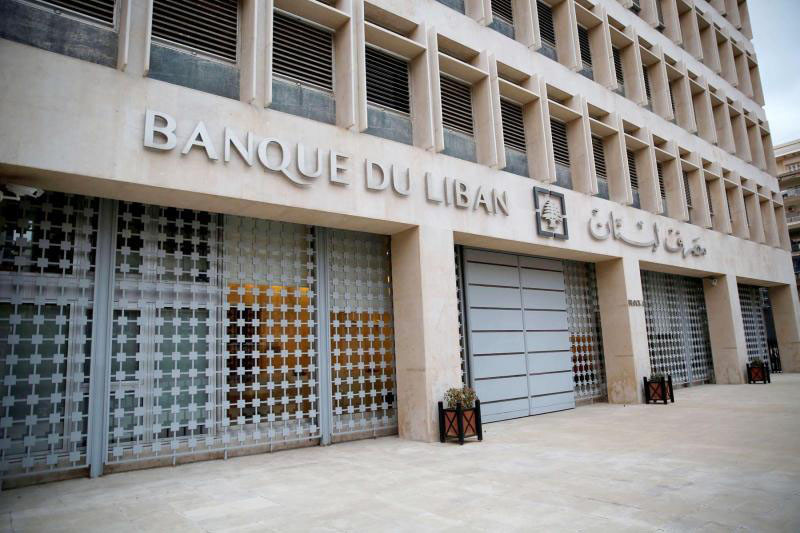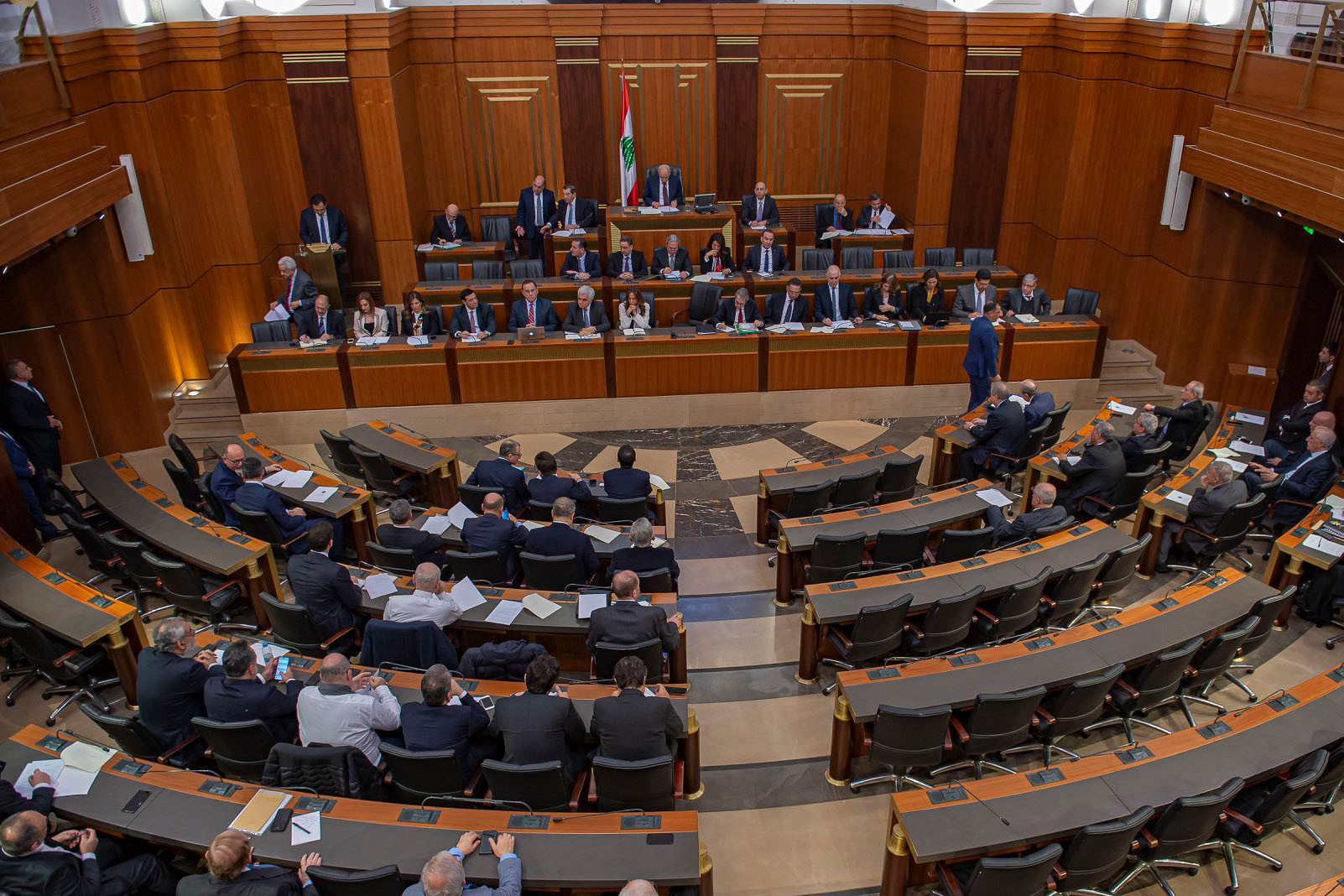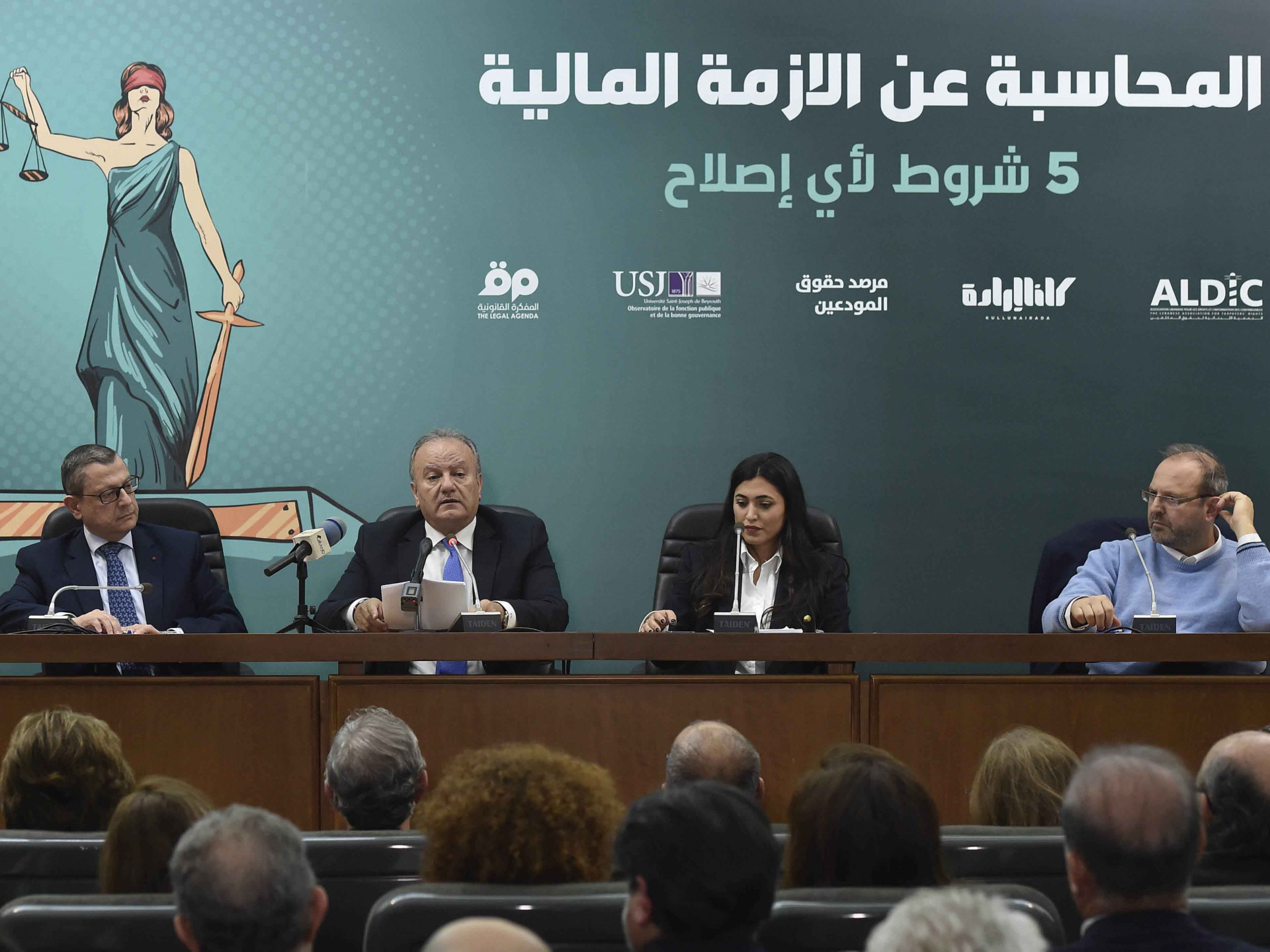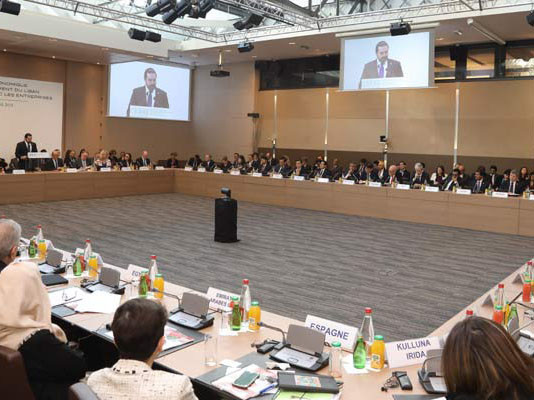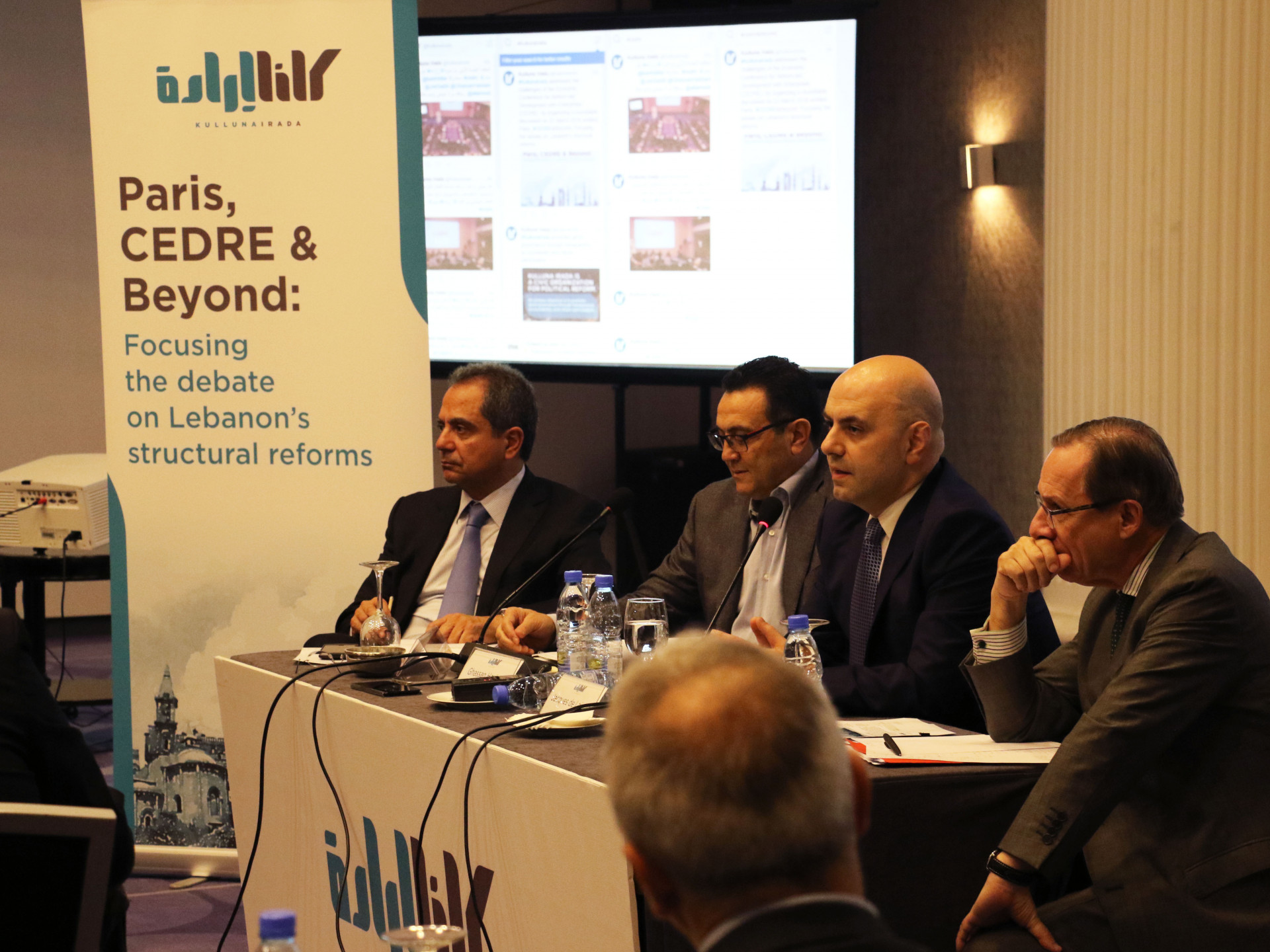Since the mid 1990s, Banque du Liban (BDL) has operated monetary policies aimed at maintaining the currency peg.
Over the years, monetary policy worldwide has shifted away from operating in opacity; keeping interventions secret, with aim of taking markets by shock to achieve desired outcomes. Today, modern monetary practices such as “forward guidance”, which refers to the central bank’s communication about the state of the economy and likely future course of monetary policy, aim to influence the financial decisions of actors in the economy.
These practices entail that the central bank should be held accountable for its actions. Accountability is reached by reporting to the legislative and executive branch of the government on its policies, actions, and their impact on the economy.
BDL, however, has been functioning in a level of deep opacity and has become a “black box” in the eyes of experts and officials alike. Quite alarmingly, little is known about the details of BDL’s policies thus raising numerous questions.
Regardless of the reasons BDL has had for its modus operandi the time has come for a transparent exchange between it and public officials. This exchange and questioning will provide a solid basis to initiate the debate on the most suitable solutions to dampen the pending crisis.
The full paper is available below for download as pdf.

